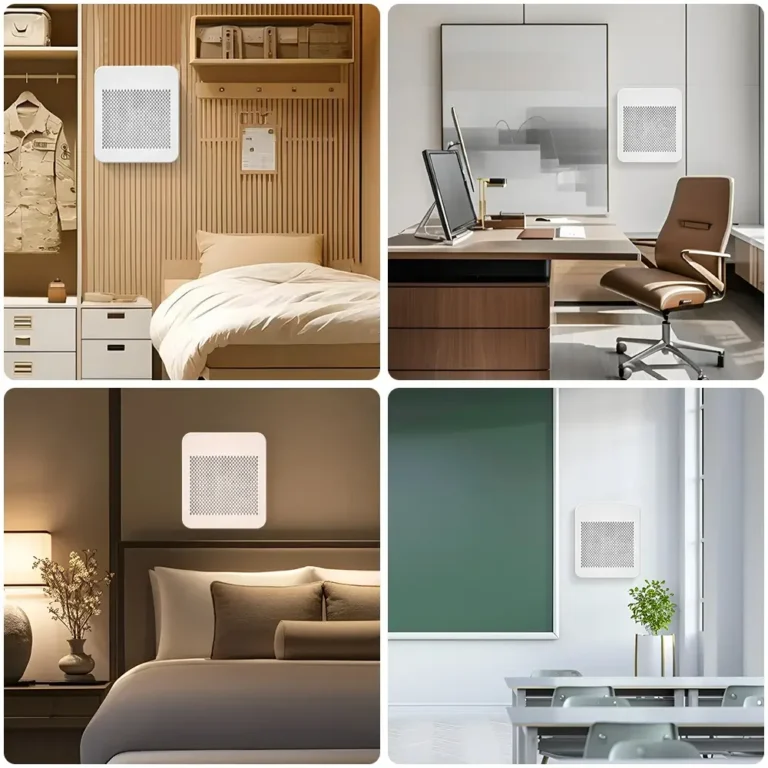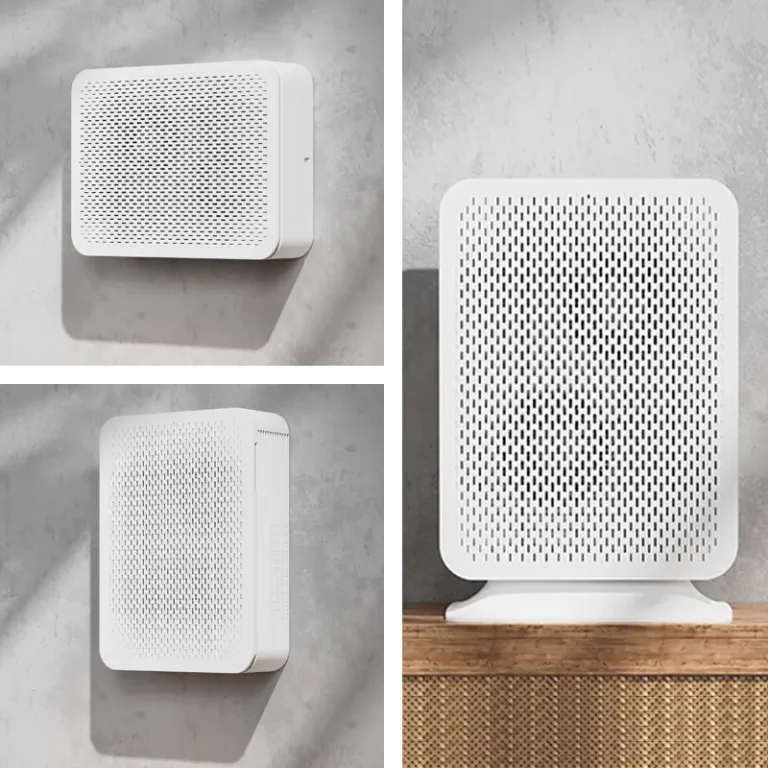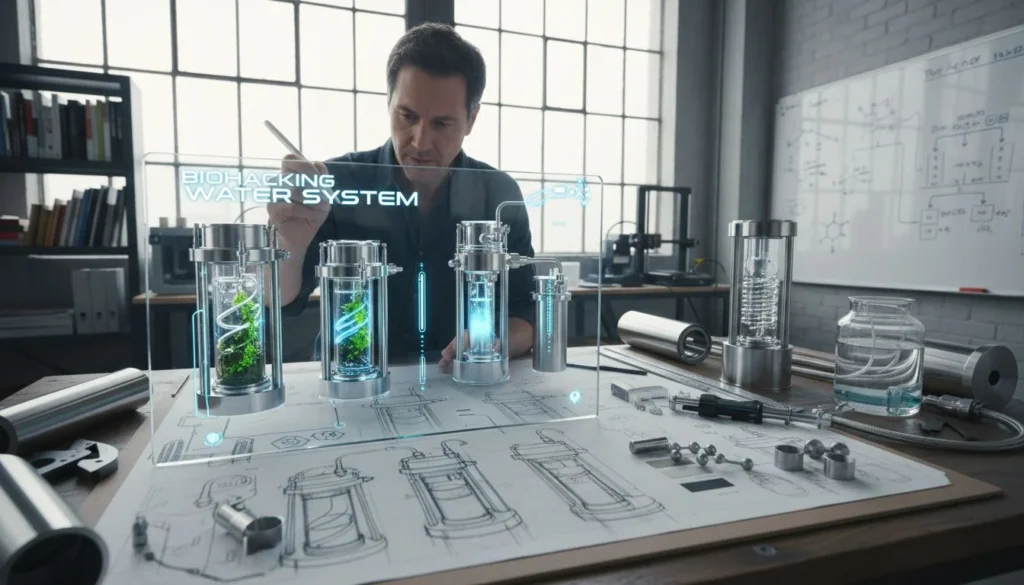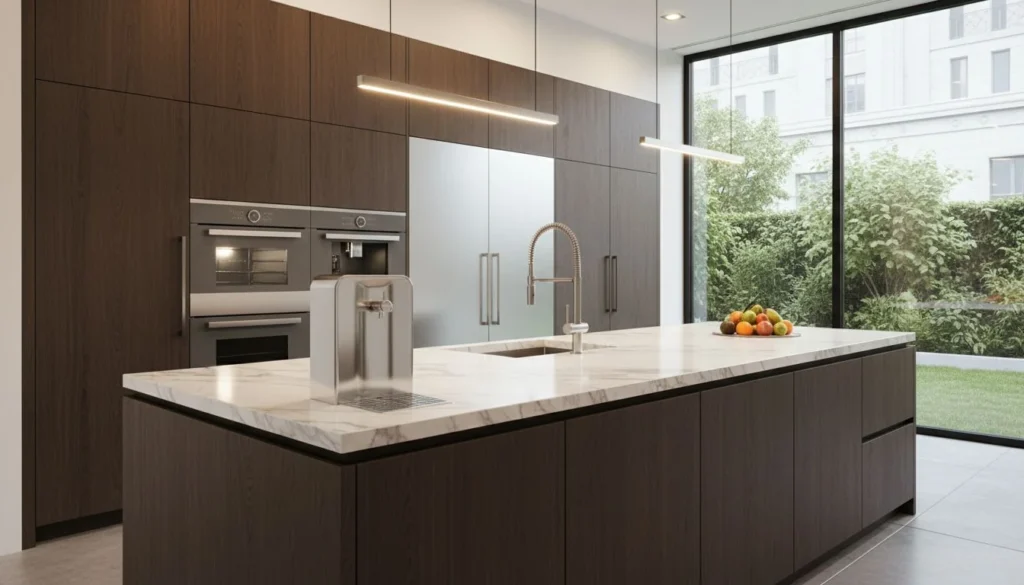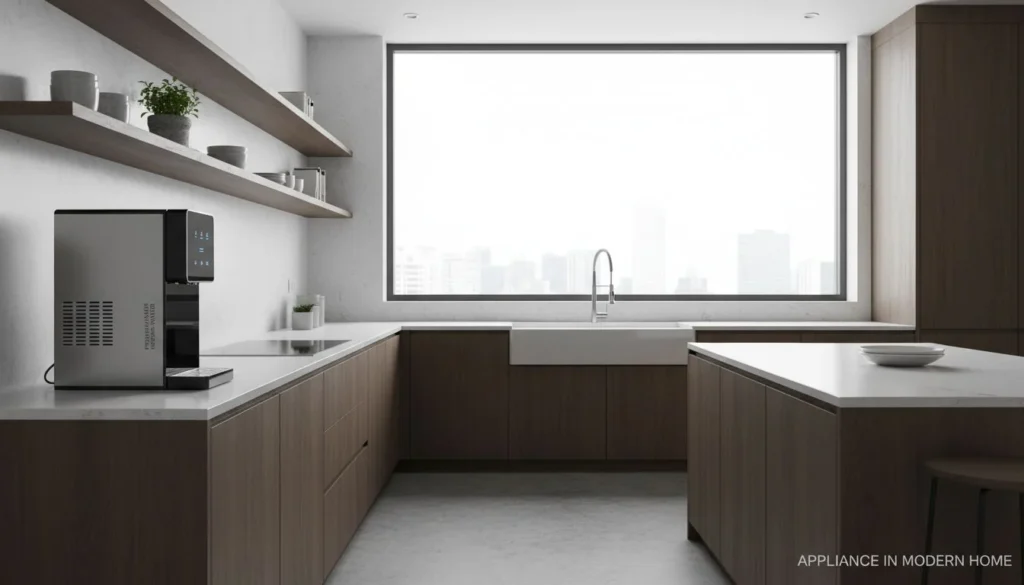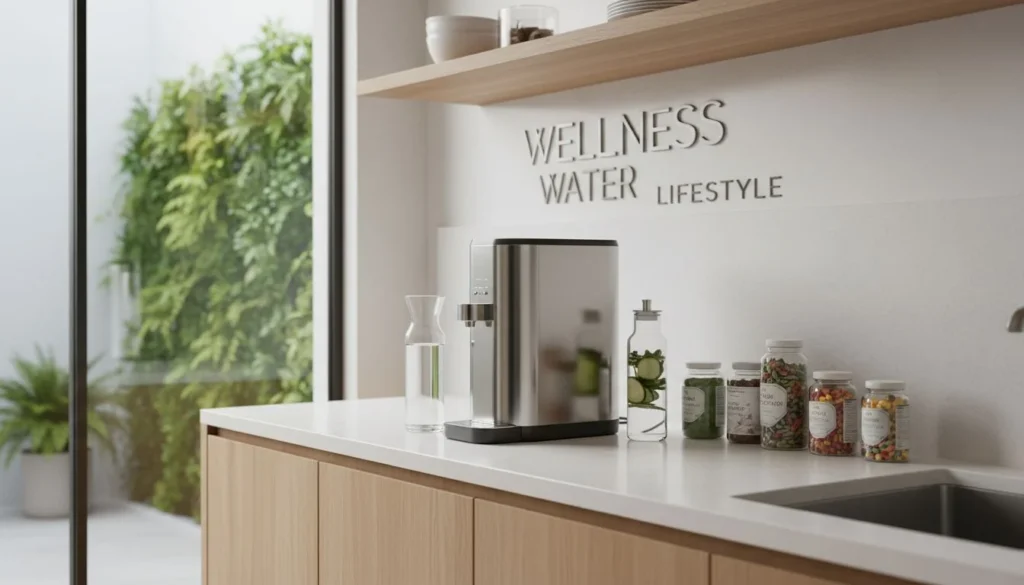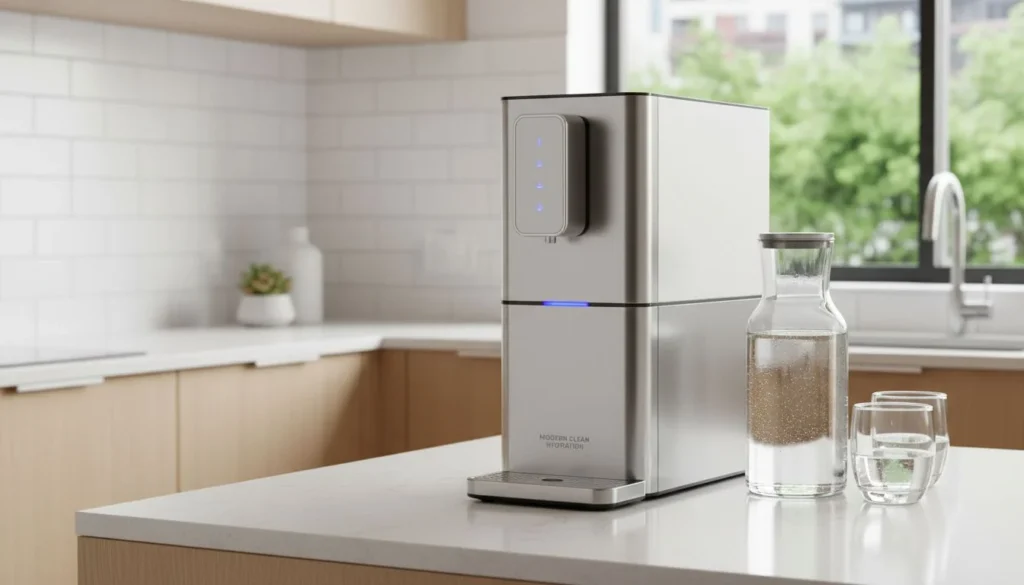После ремонта или строительства в доме сразу же появляется пыль. Но как удалить ее в первую очередь? Следующие стратегии, приведенные в этом блоге, могут вам помочь.
После завершения строительства многие думают, что можно автоматически заселяться в новое помещение. Однако это не так. Ведь вам придется заниматься последствиями строительства, включая уборку пыли.
Пыль - обычное явление после строительства любого здания. И очень важно убирать ее, чтобы она не влияла на ваше здоровье. Вдыхание пыли может привести к таким симптомам, как кашель, чихание и аллергия.
Читайте далее, чтобы узнать больше о пыли и правильных способах ее удаления, таких как использование воздухоочистители промышленного класса.
Откуда берется пыль при строительных работах?
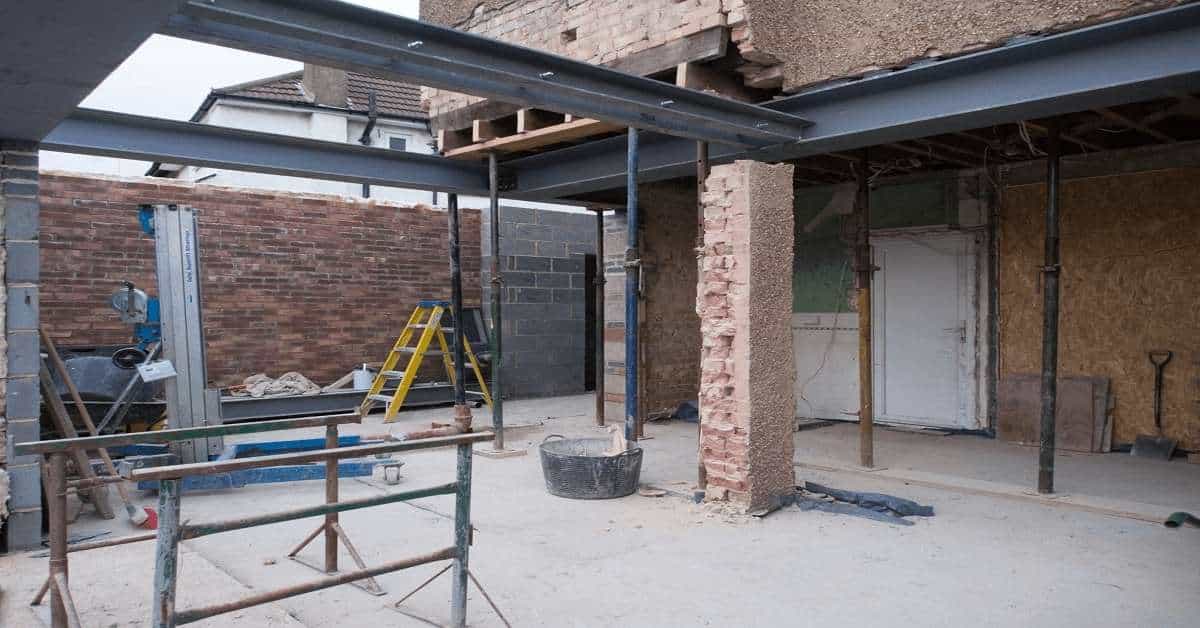
Источник изображения: Unsplash
По сути, пыль поступает из разных источников. Поэтому пыль в вашем доме или здании отличается от пыли в других помещениях. В частности, пыль состоит из различных веществ: грязи, отмерших клеток кожи, пыльцы, песка, пылевых клещей и даже бактерий.
В нашем случае это пыль от остатков материалов, использованных при строительстве или ремонте здания, таких как камень, дерево, бетон и кирпичная кладка. Также кварцевая пыль, which is created from sandstone and concrete.Every time they are being put into use, they have "leftovers" that turn into dust. Sometimes, these specks of dust settle on surfaces. Others remain floating in the air, which is prone to be inhaled.
Нормально ли иметь пыль после строительных работ?
Безусловно. На самом деле невозможно, чтобы после строительных или ремонтных работ в вашем доме не было пыли. Она является побочным продуктом использования строительных материалов.
Кроме того, нельзя исключать, что пыль может исходить и от строителей или рабочих. Например, земля или грязь, застрявшая в их ботинках после работы на улице, может быть занесена в здание. Там грязь может оседать, оставляя ваше помещение полным пыли.
Здесь требуются эффективные и масштабные стратегии удаления. Как уже говорилось, использование мощных Очистители воздуха с сертификатом AHAM может стать необходимым.
Может ли пыль быть опасной?
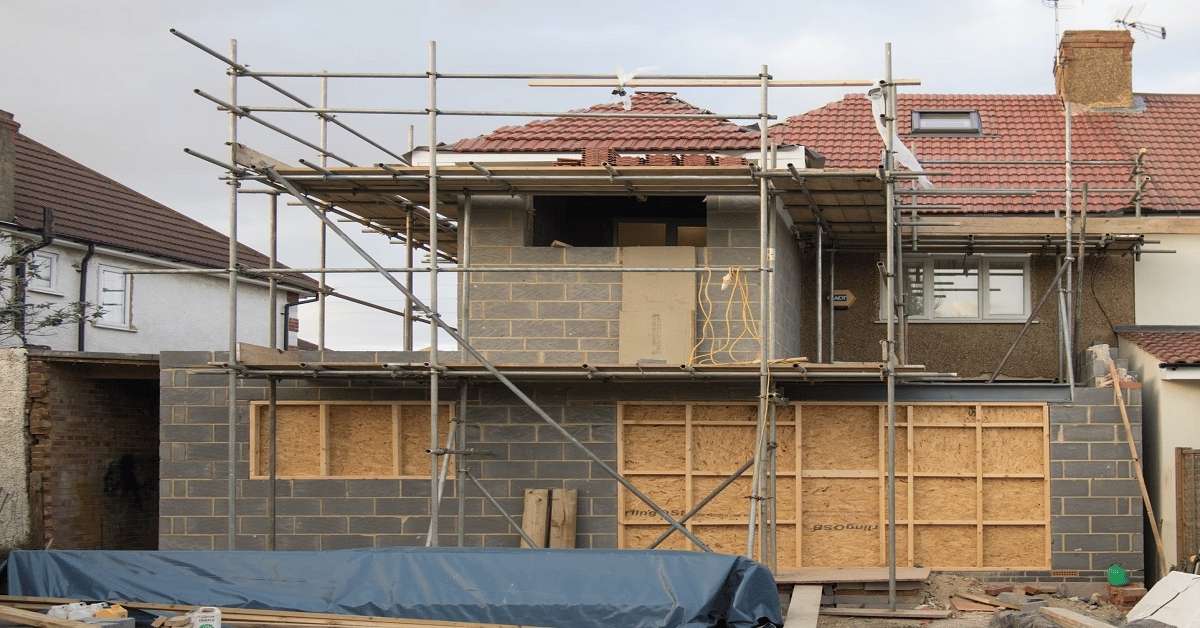
Источник изображения: Unsplash
Обычная пыль, или пыль в вашем доме, состоит из микроскопических частиц. Это грязь, клетки кожи, перхоть домашних животных и пыльца. Если у вас нет аллергии на эти вещества, пыль может не представлять серьезной проблемы для вашего здоровья.
Но в то же время есть и другие виды пыли, которые весьма вредны. Например, частицы асбеста, дерева и песка могут быть смертельно опасны. В 2018 году сообщалось, что более 12 000 смертей, связанных с дыхательными путями в Соединенном Королевстве.
Знакомы ли вам эти частицы? Как уже говорилось, это обычные остатки строительных объектов. Асбест уже запрещен в Соединенных Штатах. Однако если строительные работы ведутся в старом здании, есть вероятность, что асбест все еще там.
Длительное воздействие пыли действительно вредно. Именно поэтому необходимо применять эффективные стратегии удаления пыли.
Места общего пользования в здании, где присутствует пыль
Пыль легко распространяется, поскольку воздух может переносить и рассеивать ее в различных частях здания. Таким образом, степень распространения пыли может зависеть от того, насколько масштабны строительные работы.
Например, если строительные работы ограничены определенным участком, то пыль будет распространяться не так сильно. Если же проект довольно масштабный, то можно ожидать, что все здание будет заполнено пылью.
Пыль оседает на различных поверхностях, поэтому она может присутствовать на стенах и поверхностях. Если вы не убрали бытовую технику и мебель, есть вероятность, что пыль осядет и там. Всегда проверяйте полки, шкафы и места под ними. Там также может прятаться пыль.
При строительстве здания пыль может рассеиваться в разных местах. Если это ваш дом, то спальни, гостиные и кухни небезопасны.
Почему важна очистка от пыли?
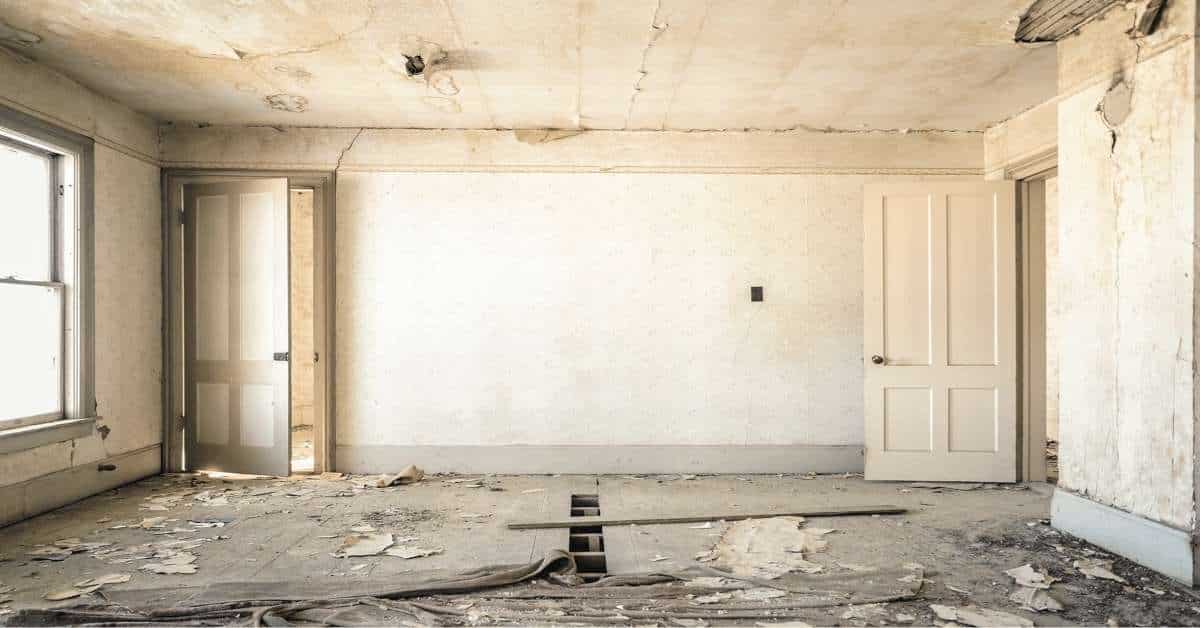
Источник изображения: Unsplash
Как уже говорилось, существует опасность попадания пыли. Поэтому очень важно убрать их из помещения до того, как вы въедете в него. Это позволит вам избежать вдыхания потенциально опасных частиц в воздухе.
Если вы решите заселиться в здание, пока пыль еще держится, вы подвергаете себя риску. Сначала нужно вывести пыль.
К счастью, существуют эффективные методы удаления пыли после интенсивных строительных работ. Среди таких проверенных стратегий - приобретение воздухоочистителей от лучшие производители воздухоочистителей.
Добавление очистителя воздуха для избавления от пыли после строительных работ
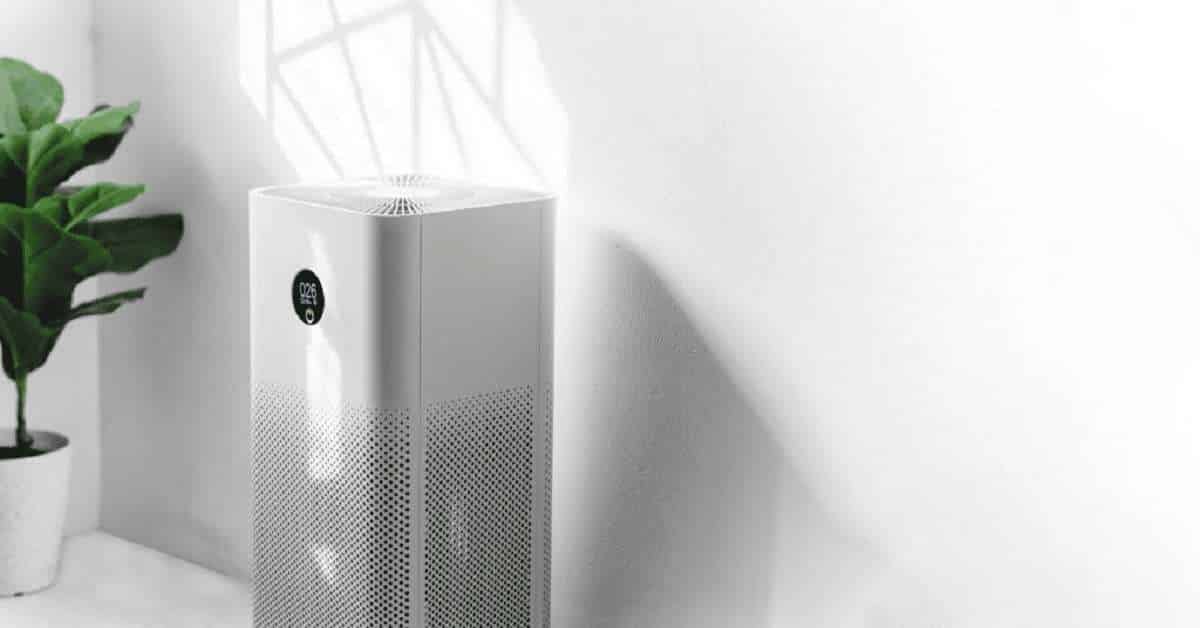
Источник изображения: iStockphoto
Очистители воздуха предназначены для улучшения качества воздуха в помещении. По сути, эти воздухоочистители поглощают различные загрязняющие вещества в воздухе. В большинстве случаев такие воздухоочистители специализируются на удалении пыли.
Во многих промышленных отраслях, таких как строительство и возведение зданий, воздухоочистители являются необходимым оборудованием. Подрядчики обычно используют их для удаления лишней пыли, витающей в воздухе. Разумеется, ремонт или реконструкция здания также потребует использования этих воздухоочистителей.
На самом деле, даже без этих проектов очистители воздуха просто необходимы. Их установка гарантирует, что никакие загрязнения воздуха не вызовут проблем с дыханием, таких как аллергия. Читайте далее, чтобы узнать больше об этих очистители воздуха и их преимущества.
Почему очиститель воздуха важен для улучшения качества воздуха?
Очистители воздуха считаются лучшим решением для улучшения качества воздуха в помещении. Если вы считаете, что воздух, которым вы дышите в своем помещении, насыщен загрязняющими веществами, приобретение этих устройств просто необходимо.
Есть разные способы освежить воздух в вашем доме или здании. Но ни один из них не является таким простым и эффективным, как очистители воздуха. Ведь очистители воздуха - это современные инновации, которые специально борются с различными видами загрязняющих воздух веществ.
Именно так, воздухоочистители улавливают аллергены, пыль и болезнетворные микроорганизмы. В зависимости от типа воздухоочистителя, они могут даже уменьшить присутствие летучие органические соединенияХимические остатки и неприятный запах.
Выбор правильного воздухоочистителя - еще один ключ к улучшению качества воздуха в вашем доме. Как и другие приборы и электроника, не все воздухоочистители созданы одинаковыми. Позже мы обсудим важные моменты при выборе очистителя воздуха для удаления пыли.
Очистители воздуха для удаления пыли
Да. Воздухоочистители эффективно решают проблемы пыли в зданиях, домах и офисах. В частности, воздухоочистители борются с пылью, находящейся в воздухе. Используя традиционные методы фильтрации, воздухоочистители задерживают пыль и не дают ей циркулировать в воздухе.
Многие строительные фирмы и специалисты по реконструкции зданий подчеркивают важность этих воздухоочистителей в своей работе. Чтобы свести к минимуму присутствие твердых частиц, связанных со строительством, они, как правило, полагаются на воздухоочистители. Они даже рекомендуют своим клиентам использовать очиститель воздуха, чтобы уменьшить скопление пыли после ремонта.
Безопасны ли очистители воздуха для удаления пыли?
Да. Воздухоочистители на основе фильтров безопасны в использовании. Они не выделяют вредных веществ, которые могут повлиять на ваше здоровье. Они не выделяют газообразных соединений или других остатков, которые могут загрязнять воздух.
Генераторы озона - единственный тип очистителей воздуха, которого следует опасаться. Как и следует из названия, эти устройства выделяют в воздух озон. Считается, что это газообразное соединение нейтрализует загрязняющие вещества в воздухе.
Однако не забывайте, что Озон раздражает легкие. Воздействие озона может привести к проблемам с дыханием. Кроме того, эффективность озона в очистке воздуха от загрязнений до сих пор остается под вопросом. Поэтому лучше использовать очистители воздуха с фильтрами.
Как очистители воздуха удаляют пыль после строительных работ?
Воздухоочистители оснащены несколькими типами фильтров. Именно они улавливают химические вещества, субстанции и загрязнители, содержащиеся в воздухе. По сути, именно в этих фильтрах происходит удаление пыли.
В частности, в воздухоочистителе установлен фильтр HEPA, задача которого - улавливать микроскопические загрязнения. Обычные фильтры обычно не работают для удаления пыли. Пыль очень мелкая и крошечная. Они легко проходят через отверстия обычных фильтров.
Фильтры HEPA, напротив, имеют волокнистый слой. Эти волокна создают крошечные отверстия - настолько маленькие, что через них может проходить только воздух. Они предназначены для улавливания мельчайших частиц, таких как пыль, аллергены и болезнетворные микроорганизмы.
Удаление пыли после строительных работ с помощью очистителя воздуха: Шаг за шагом
Очистители воздуха имеют простое управление. Честно говоря, они не так сложны, как кажется другим людям. И это самое приятное в них. Точный порядок работы этих воздухоочистителей приведен ниже.
- Очистители воздуха оснащены вентиляторами. С их помощью они поглощают воздух в определенной зоне.
- Есть входное отверстие, через которое поступает воздух. Он ведет к фильтрам, где происходит удаление загрязняющих веществ.
- Когда воздух проходит через фильтр HEPA, загрязнения, которые он несет (например, пыль), задерживаются.
- Воздух выходит из воздухоочистителя, но на этот раз он свободен от различных частиц и веществ.
Воздухоочиститель повторяет этот процесс, чтобы поддерживать качество воздуха в помещении. Пока эти воздухоочистители работают, новые загрязнения не задерживаются в воздухе.
Как долго оседает пыль после удаления?
Если у вас есть очиститель воздуха, вы можете быть уверены, что частицы, находящиеся в воздухе, будут поглощены и задержаны. Именно такое облегчение могут обеспечить эти устройства.
К счастью, этим воздухоочистителям не требуется много времени, чтобы справиться с обычными загрязнителями воздуха. Но, конечно, все еще зависит от качества и технических характеристик вашего воздухоочистителя. Например, если ваш воздухоочиститель слишком мал для помещения, в котором вы собираетесь его использовать, он не сможет полностью поглотить загрязнения.
Идея заключается в том, что вам необходимо приобрести мощные и эффективные воздухоочистители для интенсивного удаления пыли. Чтобы помочь вам в этом вопросе, ниже мы приводим рекомендации по выбору воздухоочистителя для удаления пыли.
Почему очиститель воздуха важен для улучшения качества воздуха?
Как уже говорилось, воздухоочистители работают за счет удаления различных загрязняющих веществ из воздуха. Это незаменимый аксессуар для различных жилых, коммерческих и промышленных помещений, поскольку он специально решает проблему загрязнения воздуха в помещениях.
Загрязнение воздуха в помещениях является серьезной проблемой в наши дни. По степени вредности оно превосходит загрязнение наружного воздуха, поскольку воздух в закрытых помещениях обычно замкнут. Если у вас нет исключительной вентиляции, то все, что попадает внутрь жилых помещений, остается там.
Если в вашем доме или здании нет систем, способных устранить загрязняющие вещества, содержащиеся в воздухе, скорее всего, вы будете ими дышать. И это проблема, учитывая, что эти загрязнители могут вызывать аллергию, приступы астмы и другие респираторные заболевания.
Справиться с этой проблемой помогут очистители воздуха. Они работают за счет удаления содержащихся в воздухе частиц. Он может улавливать пыль, мусор и различные твердые частицы. Даже химикаты и вещества также подпадают под действие этих воздухоочистителей. Если вы хотите, чтобы в вашем здании было легче дышать, очистители воздуха просто необходимы.
Что нужно учитывать при покупке очистителя воздуха для удаления пыли
Не все воздухоочистители работают одинаково. Вам необходимо подобрать прибор, который будет соответствовать вашим требованиям. Для удаления пыли после строительных работ необходимо учитывать следующие факторы:
- Размер комнаты - При покупке очистителя воздуха всегда учитывайте размер комнаты или помещения, в котором вы собираетесь его использовать. Если возможно, точно измерьте площадь. Таким образом, вы сможете подобрать воздухоочиститель с аналогичным или лучшим диапазоном эффективности. Например, если площадь помещения составляет 500 квадратных футов, вам нужен воздухоочиститель с площадью покрытия не менее 500 квадратных футов. Конечно, чем больше площадь покрытия, тем лучше.
- Скорость подачи чистого воздуха - В двух словах, в скорость подачи чистого воздуха (CADR) определяет, какой объем воздуха может обработать воздухоочиститель. Известно, что большие воздухоочистители имеют высокие показатели CADR, что говорит об их эффективности в поглощении воздуха в больших помещениях. Чем выше показатель CADR, тем лучше воздухоочиститель справляется с удалением различных частиц в воздухе.
- HEPA-фильтр - Поскольку речь идет об удалении пыли, очень важно, чтобы воздухоочиститель имел правильные фильтры для этой работы. В данном случае речь идет о фильтре HEPA. Технически говоря, фильтр HEPA удаляет 99,9 % микроскопических загрязнений размером всего 0,3 микрона. В этом диапазоне находятся невидимые частицы, такие как пыль и болезнетворные микроорганизмы. Только фильтры HEPA эффективно удаляют пыль. пик загрязнений, размер которых составляет всего 0,3 микрона. В этом диапазоне находятся невидимые частицы, такие как пыль и болезнетворные микроорганизмы. Только фильтры HEPA эффективно справляются с удалением пыли.
Очистители воздуха, которые лучше всего подходят для удаления пыли после строительных работ
Многие подрядчики предлагают использовать мощные воздухоочистители для удаления пыли. Очевидно, что после реконструкции или строительства здания пыль и другие мелкие частицы будут оставаться в воздухе. Обычные методы уборки, такие как пылесос, не помогут удалить эти частицы из воздуха.
Высокоэффективные воздухоочистители - необходимые инструменты для интенсивной очистки воздуха от пыли. В этом контексте следующие воздухоочистители HisoAir полностью справятся с этой задачей.
| Покрытие | Типы фильтров | |
| HisoAir Model HA588 | 85 m² / 915 sq ft | Pre-filter, HEPA13, Activated Carbon, Optional UV |
| HisoAir Model HA1300 | 84–144 m² / 904–1550 sq ft | Pre-filter, HEPA13, Activated Carbon |
| HisoAir Модель HA1968 | 90–180 m² / 968–1937 sq ft | Pre-filter, HEPA13, Activated Carbon, Antibacterial (Optional: UV, Anion, Photocatalyst, etc.) |
1. HisoAir Model HA588
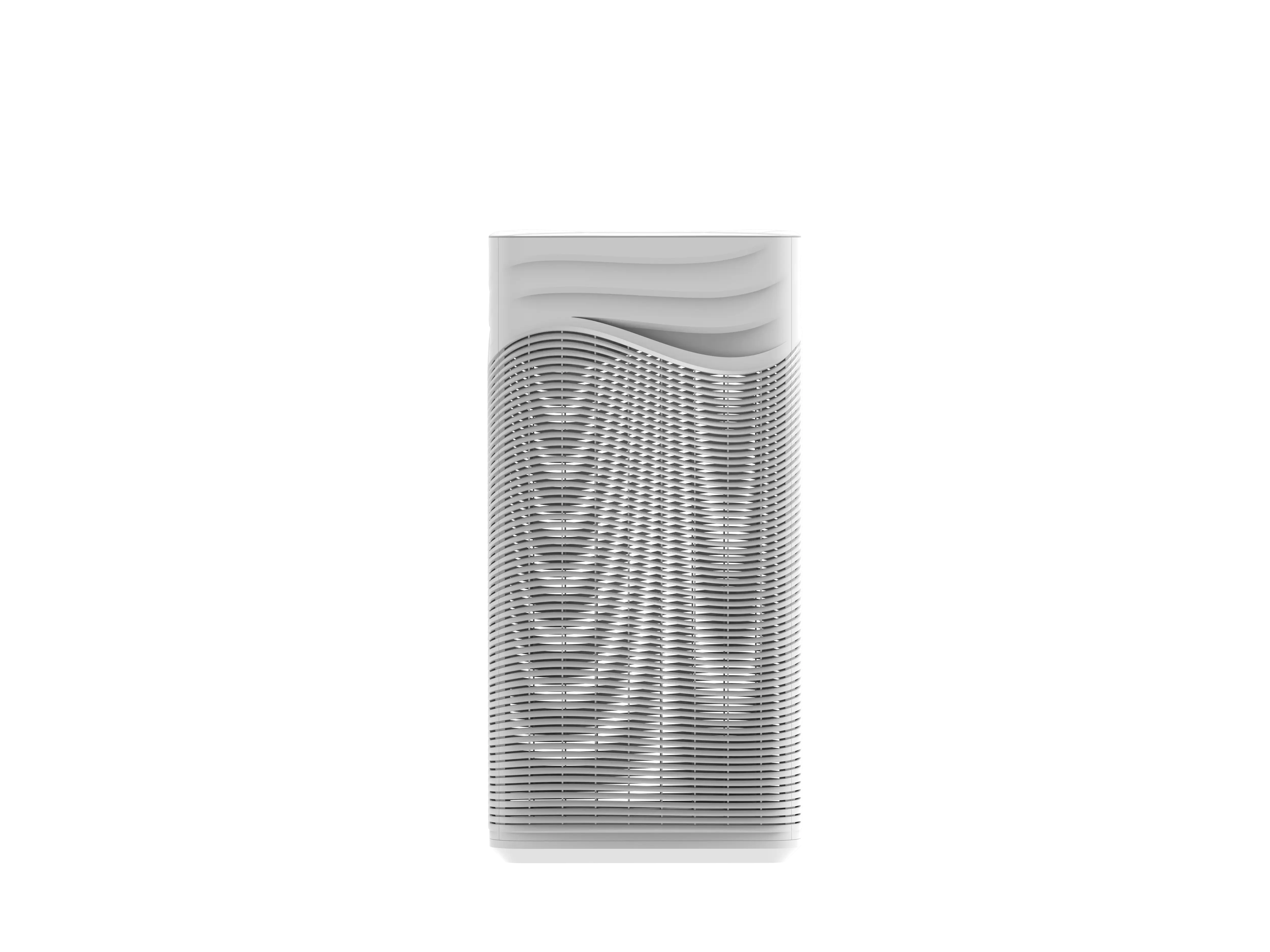
Источник изображения: HisoAir
If you're looking for a compact yet powerful solution for indoor dust and allergen control, the HisoAir Model HA588 is a great fit. With a CADR of 1000 m³/h, this standing air purifier can clean rooms up to 85 m² (915 sq ft). It features a multi-layer filtration system—pre-filter, HEPA13, and activated carbon—ensuring efficient removal of airborne particles, odors, and allergens. The optional UV module adds another level of germicidal protection, making it suitable for home, office, or medical spaces.
2. HisoAir Model HA1300
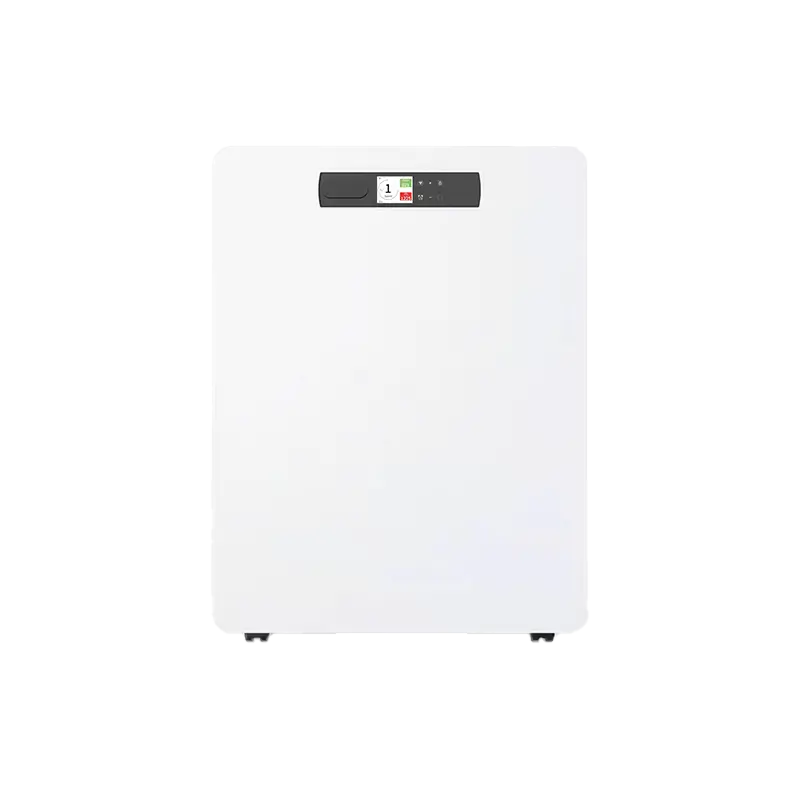
Источник изображения: HisoAir
The HisoAir HA1300 is perfect for households with children, schools, or open living areas. It boasts a dual CADR system—1200 m³/h (particle) and 400 m³/h (formaldehyde)—to cover large rooms from 84 to 144 m² (904–1550 sq ft). Its HEPA13 and activated carbon filters work together to eliminate dust, allergens, and VOCs. With an intuitive LED touchscreen, 6-speed settings, and ultra-quiet operation down to 38dB, it offers convenience and comfort in one sleek design.
3. HisoAir Модель HA1968
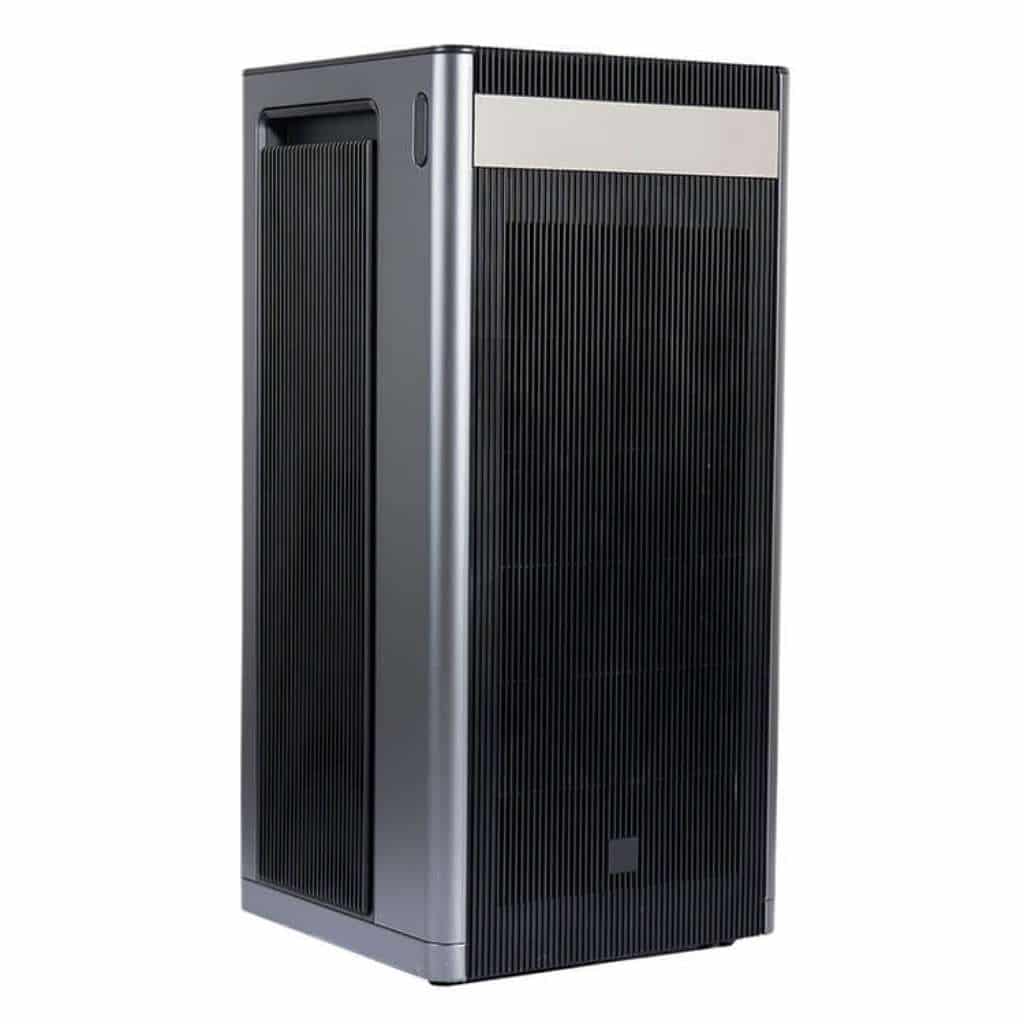
Источник изображения: HisoAir
For extensive air cleaning purposes, you need to check out the HisoAir Model HA1968. This particular air purifier has a powerful performance, as evident by its extensive Clean Air Delivery Rate of 1,500 m3/h. This means that it has sufficient airflow to absorb as much particulate matter in the air. Furthermore, it works in large spaces. Based on its standard ratings, the device can clean up to 1,900 square feet of space.
Конечно, этот воздухоочиститель отлично справляется с удалением пыли. Ведь он оснащен прочным HEPA-фильтром. Он отлично справляется с улавливанием невидимых на первый взгляд частиц в воздухе, таких как пыль, аллергены и болезнетворные микроорганизмы. Кроме того, он отличается энергоэффективной работой и удобным интерфейсом, позволяющим комфортно управлять им.
Как предотвратить образование пыли после удаления?
Уборка пыли после строительства или перепланировки здания - непростое испытание. Она требует больших усилий, особенно если речь идет о большом помещении. Поэтому идеальный следующий шаг - уменьшить скопление пыли.
Если вы не хотите время от времени вытирать пыль, проделайте следующие процедуры:
- Не допускайте попадания пыли - Самый эффективный способ уменьшить количество пыли - не допустить ее проникновения в дом или здание. Один из способов сделать это - держать окна и двери закрытыми. Вы также должны взять на себя обязательство не позволять никому входить в ваше помещение в обуви. Приобретите также хороший половик.
- Ухаживайте за своими питомцами - Чистота и ухоженность ваших питомцев не позволят им производить грязь и пыль. Но не убирайте за ними в доме. Иначе шерсть и пыль распространятся. Делайте это на улице, чтобы остатки шерсти ваших пушистых друзей не попадали в ваше помещение.
- Смените постельное белье - Следует знать, что на постельном белье обычно образуется пыль. Ведь именно туда попадают частички вашей кожи. Регулярная смена и стирка постельного белья уменьшит накопление пыли. Конечно, следует чистить подушки, наматрасники и пледы.
- Сведите к минимуму беспорядок - Также необходимо поддерживать чистоту в помещении. Беспорядок может способствовать накоплению пыли в помещении. По возможности следует минимизировать количество вещей, которые вы вносите в дом. Чем меньше вещей, тем меньше вероятность скопления пыли.
Другие способы удаления пыли после строительных работ
Помимо воздухоочистителей, существуют и другие стратегии, которые позволят вам избавиться от пыли, скопившейся после масштабных строительных работ в вашем помещении. В конце концов, часть пыли осела на поверхностях, которые воздухоочистителям трудно поглотить.
Среди этих методов приоритетными являются следующие:
Разберитесь с мягкой мебелью и коврами
Вполне вероятно, что на ваших коврах и мебели осела пыль. Даже если вы накрыли их на время проекции, пыль все равно может пробраться внутрь. Вам следует удалить пыль, которая на них задерживается. Так вы сможете предотвратить нежелательные повреждения и ухудшение их внешнего вида.
Воспользуйтесь пылесосом и проведите им по коврам и мягкой мебели. Используйте специальные насадки на пылесос, чтобы не пропустить пыль, застрявшую в щелях и складках. Если возможно, вынесите ковры и мягкую мебель на улицу. Так вы сможете выбить из них пыль.
Конечно, не забудьте пропылесосить матрасы и кровать. Будет лучше, если вы повторите процедуру, чтобы полностью удалить пыль.
Протрите стены
Не вся пыль летает в воздухе. Некоторые из них прилипают к стенам. Попробуйте прикоснуться к ним руками. Вы будете удивлены тем, что ваши ладони наполнены мучнистым веществом.
Поэтому очень важно, чтобы вы могли полностью очистить их от пыли. И здесь пылесосы - не лучший инструмент для уборки. Вместо этого нужно просто использовать чистое влажное полотенце и протереть им стены. Если на стенах есть труднодоступные места, полотенце нужно обернуть вокруг веника или шеста.
Возможно, вам захочется пропылесосить фронтоны и молдинги. Вполне вероятно, что в их щелях собирается и прячется пыль.
Соберите пыль на плинтусах и карнизах
Следует знать, что плинтусы и карнизы - одни из самых уязвимых мест, где может оседать пыль во время строительных работ. Даже если строительные работы закончены, пыль продолжает скапливаться там. Поэтому их необходимо регулярно протирать.
Для этого вам нужно просто использовать сухие листы для удаления пыли. Достаточно протереть листом по карнизам и плинтусам. Как только вы соберете достаточно пыли, выбросите использованный лист в мусорное ведро или в мусоропровод.
Вы также можете использовать тряпки. Слегка смочите их, чтобы эффективнее собирать пыль.
Подметать полы
Не забудьте про полы. Пыль там точно есть. Пылесосить пол - самое оптимальное решение. Но всегда рекомендуется использовать пылесос с сертификатом HEPA. Таким образом, вы можете быть уверены, что он сможет уловить даже микроскопическую пыль.
Закончив уборку пылесосом, протрите пол шваброй. Делайте это регулярно, чтобы держать под контролем наличие пыли. Всегда помните, что сначала нужно пропылесосить, а затем вымыть пол.
Также не забудьте использовать совместимое средство для мытья полов. Таким образом, ваше напольное покрытие не будет повреждено. В то же время совместимые моющие средства для пола помогают эффективно удалять пыль и пятна.
Заключение
Здесь мы видим, какой вред приносит пыль, образующаяся при строительных работах. Вы не должны допускать их появления. В противном случае вы будете дышать ею, что, в свою очередь, может пагубно сказаться на здоровье ваших дыхательных путей.
Очистители воздуха считаются наиболее эффективным средством удаления пыли, особенно той, которая витает в воздухе. Поэтому очень важно приобрести мощные воздухоочистители, способные быстро и эффективно удалять пыль. Воздухоочистители HisoAir - один из лучших вариантов таких очистителей воздуха. Посетите HisoAir и изучите все его возможности.
Загляните и в другие наши блоги!

